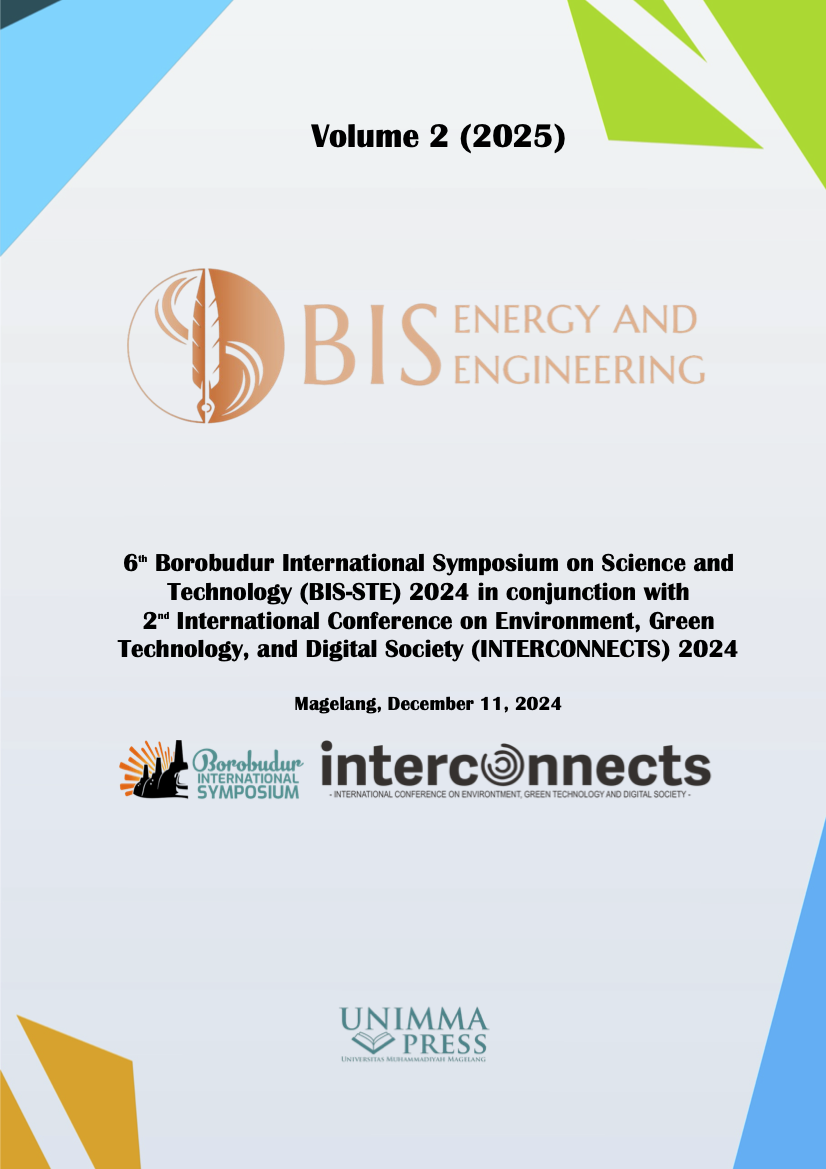Design of purchase intention strategy in the makeover independent retail using kansei engineering
Keywords:
Independent retailer, Kansei engineering, Purchase intention, Strategy designAbstract
Although it has been marketed through independent retailers (IR) in 25 cities, Makeover product sales through IR have not increased, and even tend to stagnate, due to competition between local and international brands. This study aims to design a strategy to improve product sales performance in IR using the Kansei Engineering method. Strategy design is carried out by analyzing factors that influence emotional appeal (Kansei) and creating new strategy attributes to improve the sales performance of Makeover cosmetic products in IR. The submission of these strategy attributes aims to touch the emotions (Kansei) of consumers so that they are interested in visiting and making purchases at IR Makeover. A total of 20 Kansei words were analyzed using the Factor Analysis and Principal Component Analysis (PCA) methods to obtain strategy attributes that need to be improved and created. The respondents of this study were 80 people from the millennial and Z generations with an age range of 15–39 years. The study results showed that strategy attributes that need to be improved to improve IR performance include information quality, testing experience, store experience, travel size, bundling series, and relevant influencers. Meanwhile, the attributes that need to be created include loyalty programs, resellers, payment method partnerships, exclusive product sales, and holding a recycling program campaign with the theme “Beauty in Change.”
References
[1] Y. Julianingtias, Suharyono, and Y. Abdillah, “Analisis perbandingan produk merek global dan merek lokal terkait bauran pemasaran dan pengaruhnya terhadap keputusan pembelian,” J. Adm. Bisnis, vol. 37, no. 2, pp. 81–90, 2016.
[2] jakpat.net, “Cosmetic purchasing trends – Survey report,” 2016. https://insight.jakpat.net/cosmetic-purchasing-trends-survey-report/
[3] R. Sarkar and S. Das, “Online shopping vs Offline shopping: A comparative study,” Int. J. Sci. Res. Sci. Technol., vol. 3, no. 1, pp. 424–431, 2017.
[4] www.marketingcharts.com, “Annual Consumer Spending, by Generation,” 2019. https://www.marketingcharts.com/charts/annual-consumer-spending-generation
[5] M. Dimock, “Where Millennials end and Generation Z begins | Pew Research Center.” Pew Research Center, United States of America, pp. 1–7, 2019. [Online]. Available: https://www.pewresearch.org/fact-tank/2019/01/17/where-millennials-end-and-generation-z-begins/
[6] Deloitte, Deloitte Indonesia Perspectives, 1st ed. Jakarta: Deloitte Indonesia, 2019. [Online]. Available: https://www2.deloitte.com/content/dam/Deloitte/id/Documents/about-deloitte/id-about-dip-edition-2-full-id-feb2021.pdf
[7] M. Qiutong and M. J. Rahman, “The impact of cosmetics industry social media marketing on brand loyalty: evidence from Chinese college students.,” Acad. Mark. Stud. J., vol. 23, no. 2, pp. 1–15, 2019, [Online]. Available: https://ssrn.com/abstract=3610582
[8] İ. E. Erdoğmuş and M. Çiçek, “The impact of social media marketing on brand loyalty,” Procedia - Soc. Behav. Sci., vol. 58, pp. 1353 – 1360 8th, 2012.
[9] S. H. Hassan, S. Z. Teo, T. Ramayah, and N. H. Al-Kumaim, “The credibility of social media beauty gurus in young millennials’ cosmetic product choice,” PLoS One, vol. 16, no. 3 March, pp. 1–17, 2021, doi: 10.1371/journal.pone.0249286.
[10] Markplus.inc, “zap Beauty Index 2019,” ZAP Beauty. 2019. [Online]. Available: https://zapclinic.com/files/ZAP_Beauty_Index_Agustus_2020.pdf
[11] Dinarstandard, State of the Global Islamic Economy Report 2022: Unlocking Opprtunity. DinarStandard, 2022. [Online]. Available: https://zapclinic.com/files/ZAP_Beauty_Index_Agustus_2020.pdf
[12] N. Rahmayani, Yuniar, and A. Desrianty, “Rancangan kemasan bedak tabur (loose powder) dengan menggunakan metode kansei engineering,” Reka Integr. J. Online Inst. Teknol. Nas., vol. 03, no. 04, pp. 170–179, 2015.
[13] N. K. Chuan, A. Sivaji, M. M. Shahimin, and N. Saad, “Kansei engineering for e-commerce sunglasses selection in Malaysia,” Procedia - Soc. Behav. Sci., vol. 97, pp. 707–714, 2013, doi: 10.1016/j.sbspro.2013.10.291.
[14] F. Redzuan, A. N. A. Khairuddin, and N. A. Daud, “Emotional augmented reality-based mobile learning design elements: A kansei engineering approach,” Indones. J. Electr. Eng. Comput. Sci., vol. 14, no. 1, pp. 413–420, 2019, doi: 10.11591/ijeecs.v14.i1.pp413-420.
[15] E. Mooi, M. Sarstedt, and I. Mooi-Reci, Market Research: The Process, Data, and Methods Using Stata. Singapore: Springer, 2018. doi: 10.1007/978-981-10-5218-7.
[16] J. F. Hair, W. C. Black, B. J. Babin, and R. E. Anderson, Multivariate Data Analysis. Cengage Learning, 2019.
Downloads
Published
Conference Proceedings Volume
Section
License

This work is licensed under a Creative Commons Attribution-NonCommercial 4.0 International License.

